Ocean Liners at the V&A: Speed and style
Ghislaine Wood, co-curator of the museum's newest exhibition, tells the story behind the spectacular cruise ships of yesteryear
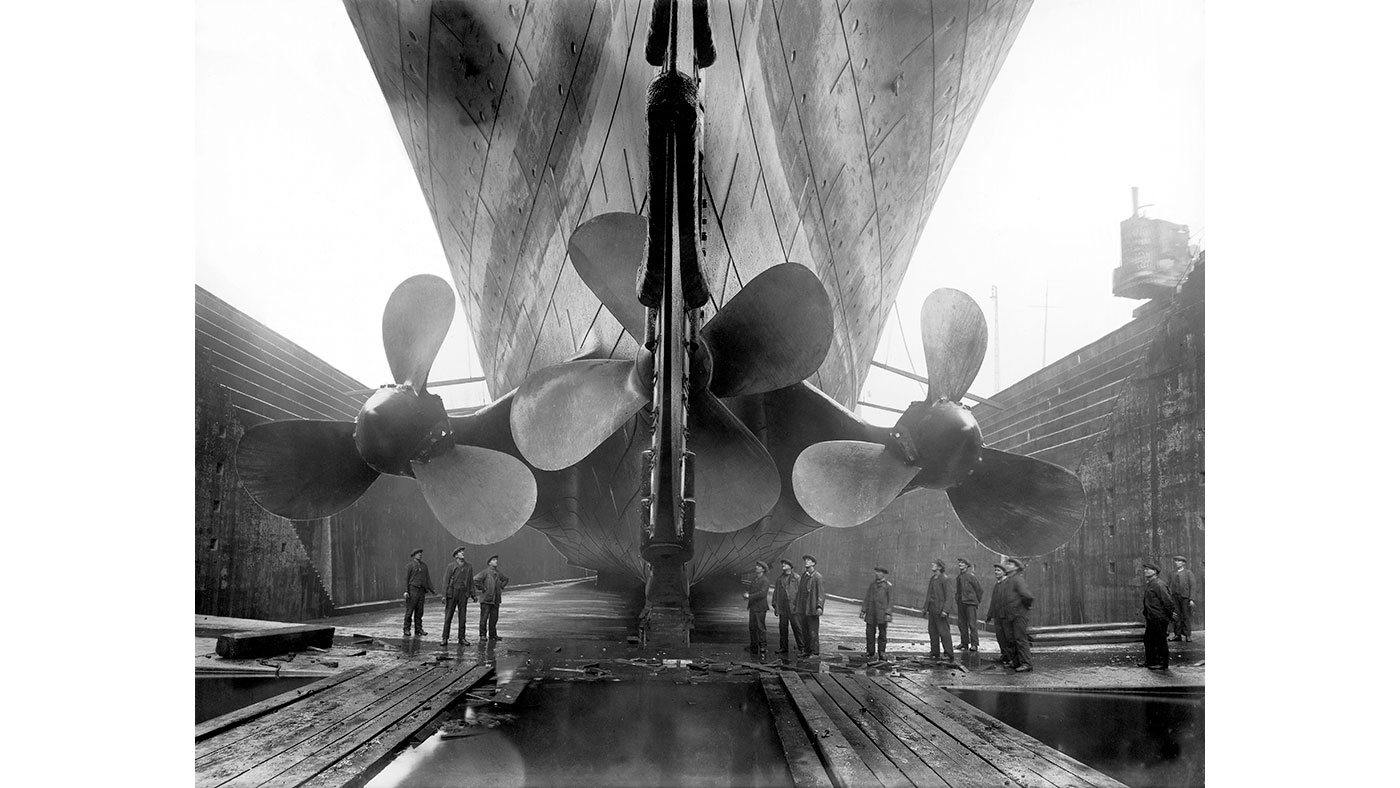
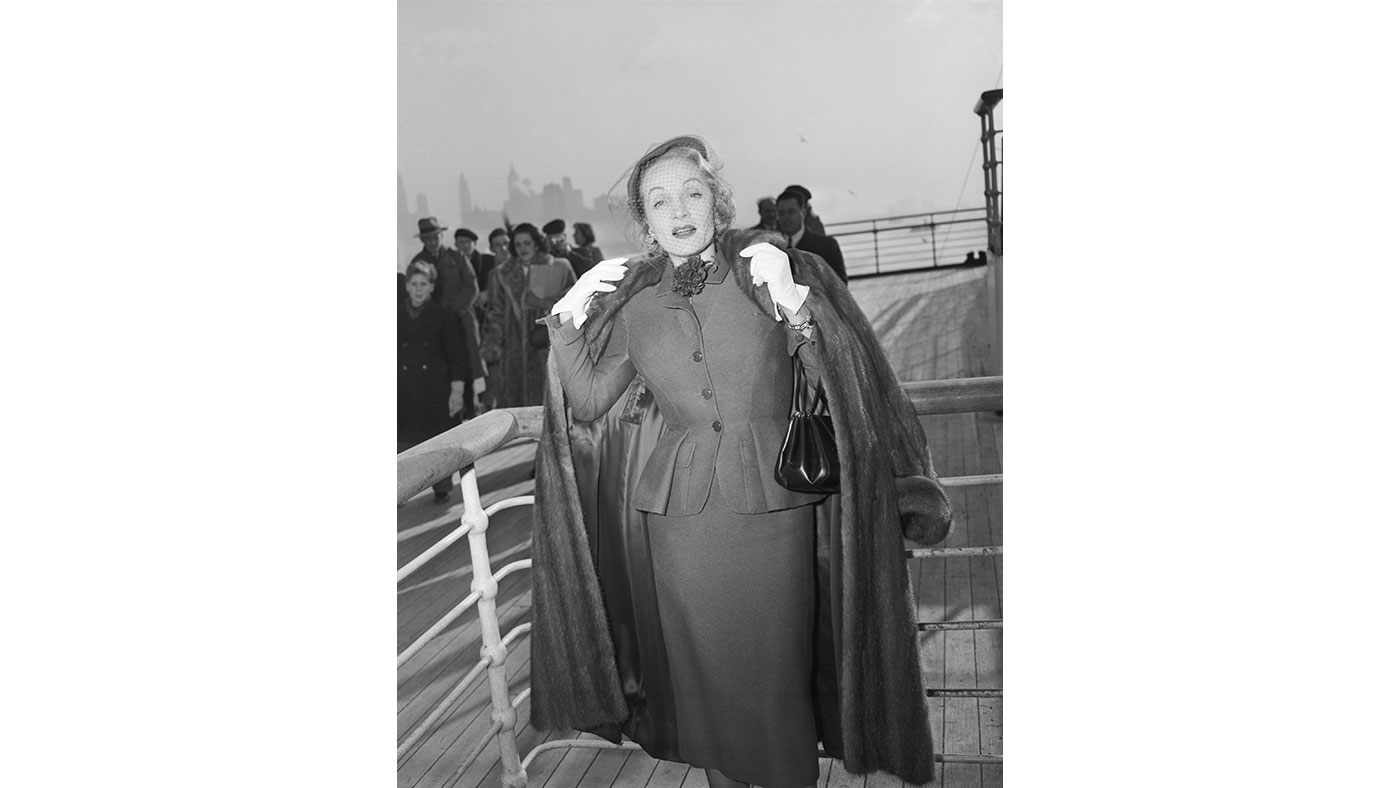
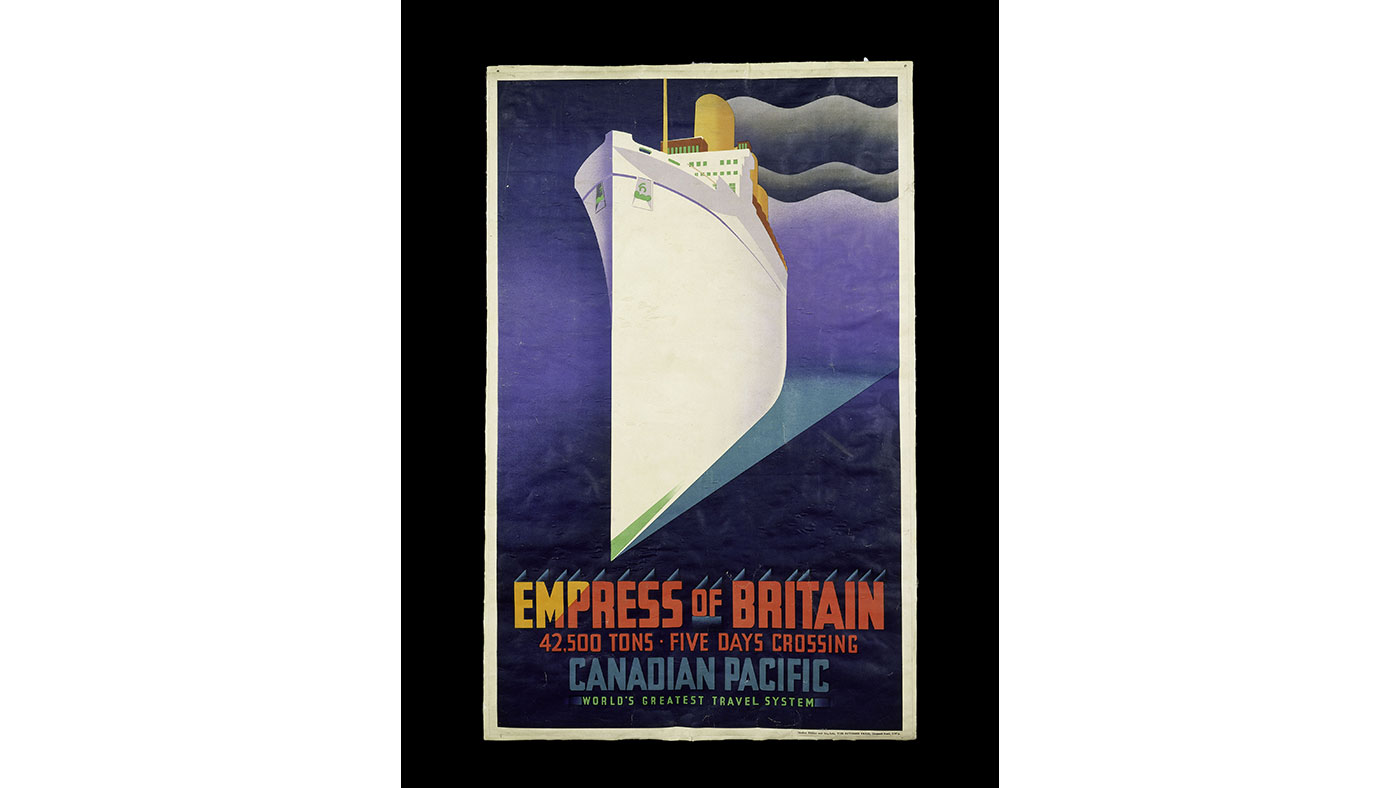
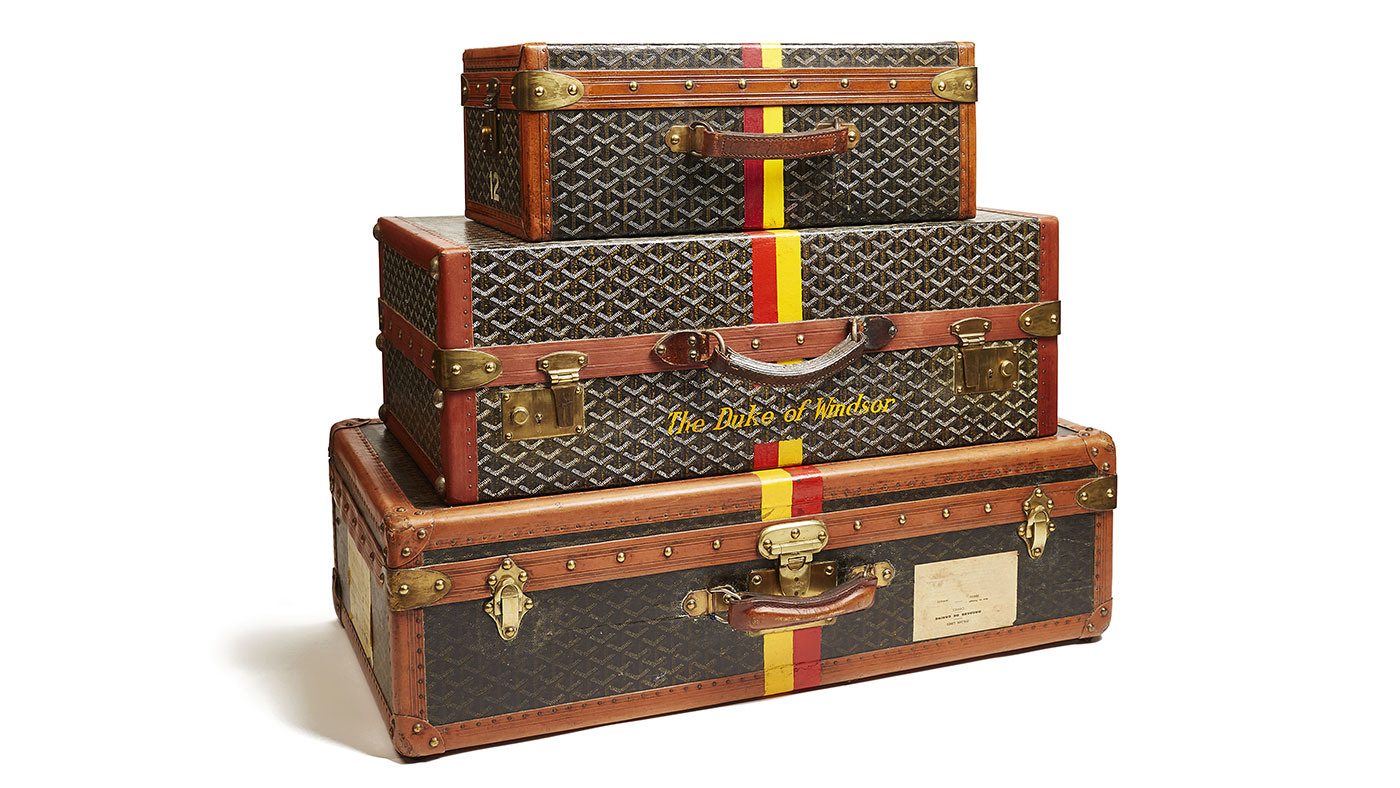
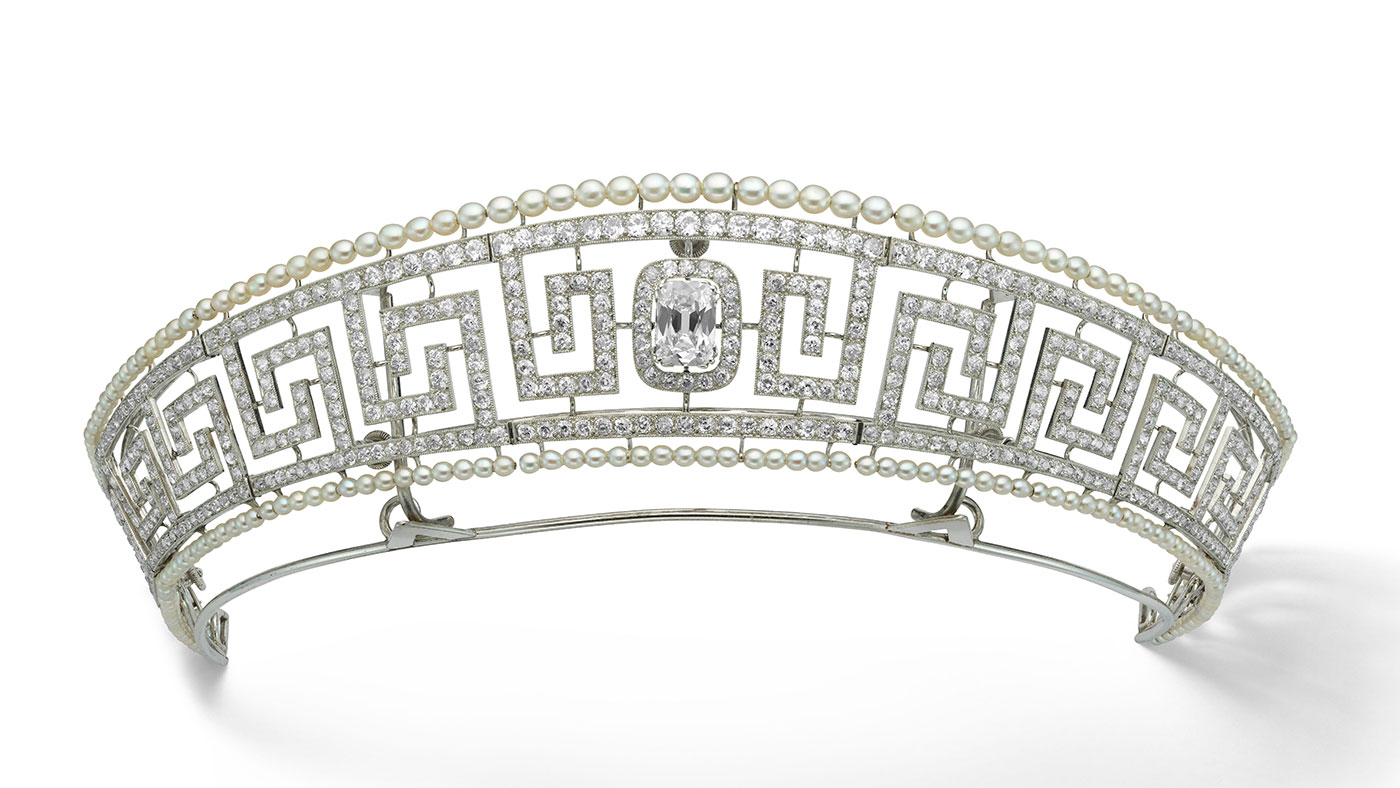
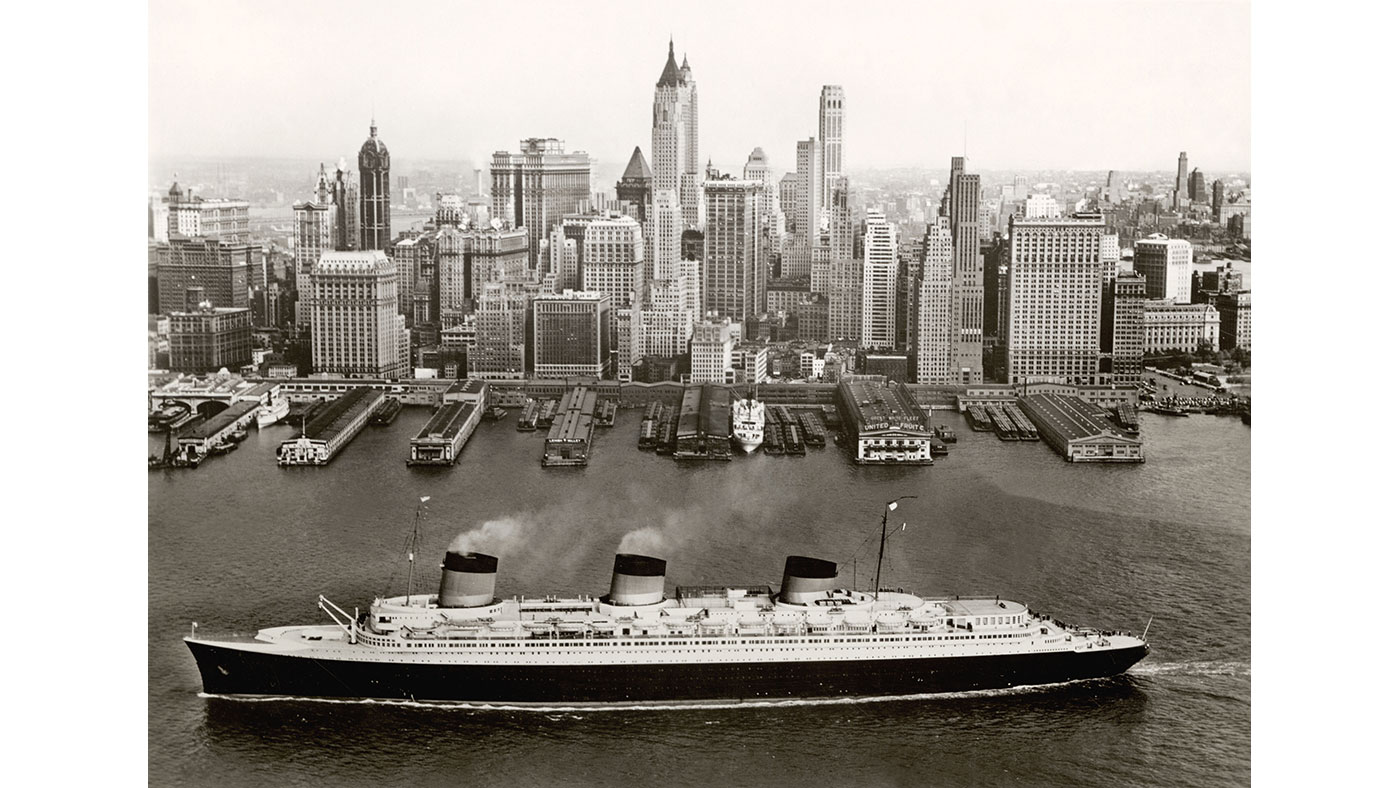
Where does the story of ocean liners begin?
During the 19th century a lot of the P&O ships in Europe were taking mail and servicing the British Empire, transporting personnel and soldiers, along with a few passengers, out to India and other places. Eventually the number of people emigrating – particularly to the United States, but also to South America, Australia and New Zealand – meant that many millions of people were travelling by ocean liner, and now made up the bulk of the market. But, in the main, people were travelling because they had to, rather than for pleasure.
What's remarkable about the story of ocean liner travel is that the shipping companies turned it from something you had to do in order to travel overseas, into something aspirational that people wanted to do.
The Week
Escape your echo chamber. Get the facts behind the news, plus analysis from multiple perspectives.

Sign up for The Week's Free Newsletters
From our morning news briefing to a weekly Good News Newsletter, get the best of The Week delivered directly to your inbox.
From our morning news briefing to a weekly Good News Newsletter, get the best of The Week delivered directly to your inbox.
How did the ships evolve into the opulent and luxurious vessels that we associate with this mode of transport?
As America brought in immigration quotas, the emigration market became less profitable and so the shipping companies began to focus on wealthy passengers travelling for tourism and business, and particularly the very wealthy American passengers on the transatlantic route.
This resulted in the creation of super comfortable and luxurious ships, and the experience became much more about the lifestyle on board, such as who you might meet, and getting dressed up for dinner.
Everything on board was of the very, very highest quality and that's really what the exhibition is about – showing what people really experienced on board the Victorian, Edwardian and Art Deco ships during this golden era of cruise liners, which spans from the end of the 19th century through to the Second World War.
A free daily email with the biggest news stories of the day – and the best features from TheWeek.com

How does the design of the liners differ from nation to nation?
Ships were seen as extensions of a country, ambassadors of state representing a nation. So the design became hugely competitive, and that's really the thesis of this show – this incredible international competition, which spurs on the creation of ever faster, larger and more glamorous ships.
Different countries used different styles for the interiors of their ships, and the ships often became a showcase for the most important designers and artists of that time. The untold story that we highlight in this show is that many of the names involved in ship design are familiar to us, but we've never thought about their work in the context of liners. Italy, France, Germany, Britain and America all had big ship building industries, and each of these countries employed different firms and designers to fit out the ships.
In France some of the most important art deco designers were involved in the interior design of ships, including Jean Dunand, Edgar Brandt, Emile-Jacques Ruhlmann and Rene Lalique. In Britain there were companies like Waring & Gillow, and the Morris Furniture Company in Glasgow, and many artists were involved – The Queen Mary had paintings by Kenneth Shoesmith and Edward Wadsworth and William de Morgan, who we know as an arts and crafts tile maker, designed tiles for 12 P&O ships in the 1880s. There were a lot of people involved not just in designing the ships, but making them the most glamorous.

What was life like on board a luxury liner?
The exhibition really brings this to life, taking you on a journey through the different interior and exterior spaces, and looking at the various countries producing design for ships in the 19th and 20th centuries. There's a whole section called "Life Aboard", which is about the very specific rituals that developed on ships, such as the "grande descente", which was the practice of getting dressed in your finest couture and going down the staircase to the dining room.
We also look at the different deck activities – how the fashion for sunbathing meant that deck spaces had to change to accommodate swimming pools – and games like quoits, shuffleboard and deck tennis, which all required specific clothes. Luggage companies such as Louis Vuitton produced incredibly luxurious pieces that people would take on board, which compartmentalised their wardrobe with boxes for hats and other accessories. A big part of the exhibition is about exploring what people wore on liners, and we've been very lucky to be able to trace things to people who we know were wearing them on board.

What kind of artefacts can people see at the exhibition?
We've got 300 examples of objects that were made specifically for ships. A lot of the material content of these ships ended up at the bottom of the sea, or was stripped out in India or Glasgow in the 19th century and is now in houses all over Scotland, so the survival of materials from this era is quite rare. It has been an amazing journey pulling together all the objects and interiors that have survived, because lots of it wasn't collected by museums. We've had to go all over the world to find things – a lot of it has come from the private collections of ship enthusiasts who have kept and acquired things.
One of the most extraordinary objects is a Jean Dunand golden lacquer wall from the French ship the Normandie, which launched in 1935 and is the most glamorous ship ever built. It was lost in America during the Second World War when it was being refitted as a troop ship and it caught fire in New York Harbour, burned and sunk. Fortunately, because it was being refitted, a lot of the interior decoration was removed and some incredible things have survived, including this wall. It normally lives in the Musee d'Art Moderne in Paris, and has never been to Britain before. It's the most remarkable piece of Art Deco design anywhere.

There are lots of wonderful fashion pieces in the show. One of the objects I'm particularly pleased to have is a dress by the French couturier Lucien Lelong, which was worn by the wife of a shipping magnate on the maiden voyage of the Normandie. It's the most beautiful piece of 1930s bias-cut couture, and it's never been seen before.
There's also an incredible Cartier tiara, which is a very poignant object because it survived the sinking of the Lusitania in 1915. It was owned by a woman called Lady Allan, who was travelling with her two daughters and two maids. She lost her children, but one of her maids carried the tiara off the ship. It's a tragic and quite powerful object.
Ghislaine Wood is co-curator of Ocean Liners: Speed and Style and deputy director of the Sainsbury Centre for Visual Arts at the University of East Anglia. Ocean Liners: Speed and Style, sponsored by Viking Cruises, is at the V&A from 3 February – 17 June 2018; vam.ac.uk
-
 How to make the most of chestnuts
How to make the most of chestnutsThe Week Recommends These versatile nuts have way more to offer than Nat King Cole ever let on
-
 Deaths for children under 5 have gone up for the first time this century
Deaths for children under 5 have gone up for the first time this centuryUnder the radar Poor funding is the culprit
-
 Codeword: December 22, 2025
Codeword: December 22, 2025The daily codeword puzzle from The Week
-
 Friendship: 'bromance' comedy starring Paul Rudd and Tim Robinson
Friendship: 'bromance' comedy starring Paul Rudd and Tim RobinsonThe Week Recommends 'Lampooning and embracing' middle-aged male loneliness, this film is 'enjoyable and funny'
-
 The Count of Monte Cristo review: 'indecently spectacular' adaptation
The Count of Monte Cristo review: 'indecently spectacular' adaptationThe Week Recommends Dumas's classic 19th-century novel is once again given new life in this 'fast-moving' film
-
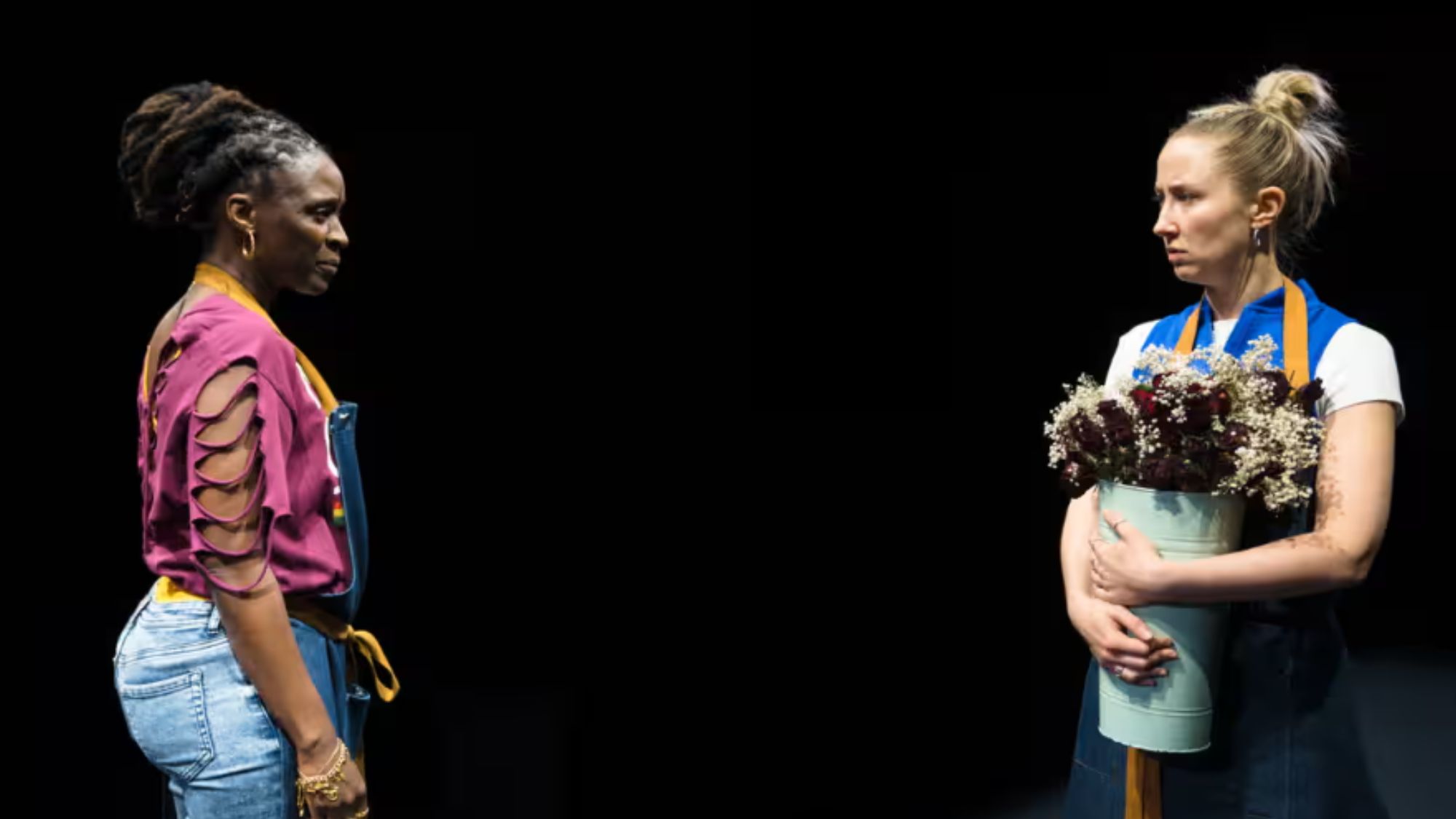 Death of England: Closing Time review – 'bold, brash reflection on racism'
Death of England: Closing Time review – 'bold, brash reflection on racism'The Week Recommends The final part of this trilogy deftly explores rising political tensions across the country
-
 Sing Sing review: prison drama bursts with 'charm, energy and optimism'
Sing Sing review: prison drama bursts with 'charm, energy and optimism'The Week Recommends Colman Domingo plays a real-life prisoner in a performance likely to be an Oscars shoo-in
-
 Kaos review: comic retelling of Greek mythology starring Jeff Goldblum
Kaos review: comic retelling of Greek mythology starring Jeff GoldblumThe Week Recommends The new series captures audiences as it 'never takes itself too seriously'
-
 Blink Twice review: a 'stylish and savage' black comedy thriller
Blink Twice review: a 'stylish and savage' black comedy thrillerThe Week Recommends Channing Tatum and Naomi Ackie stun in this film on the hedonistic rich directed by Zoë Kravitz
-
 Shifters review: 'beautiful' new romantic comedy offers 'bittersweet tenderness'
Shifters review: 'beautiful' new romantic comedy offers 'bittersweet tenderness'The Week Recommends The 'inventive, emotionally astute writing' leaves audiences gripped throughout
-
 How to do F1: British Grand Prix 2025
How to do F1: British Grand Prix 2025The Week Recommends One of the biggest events of the motorsports calendar is back and better than ever